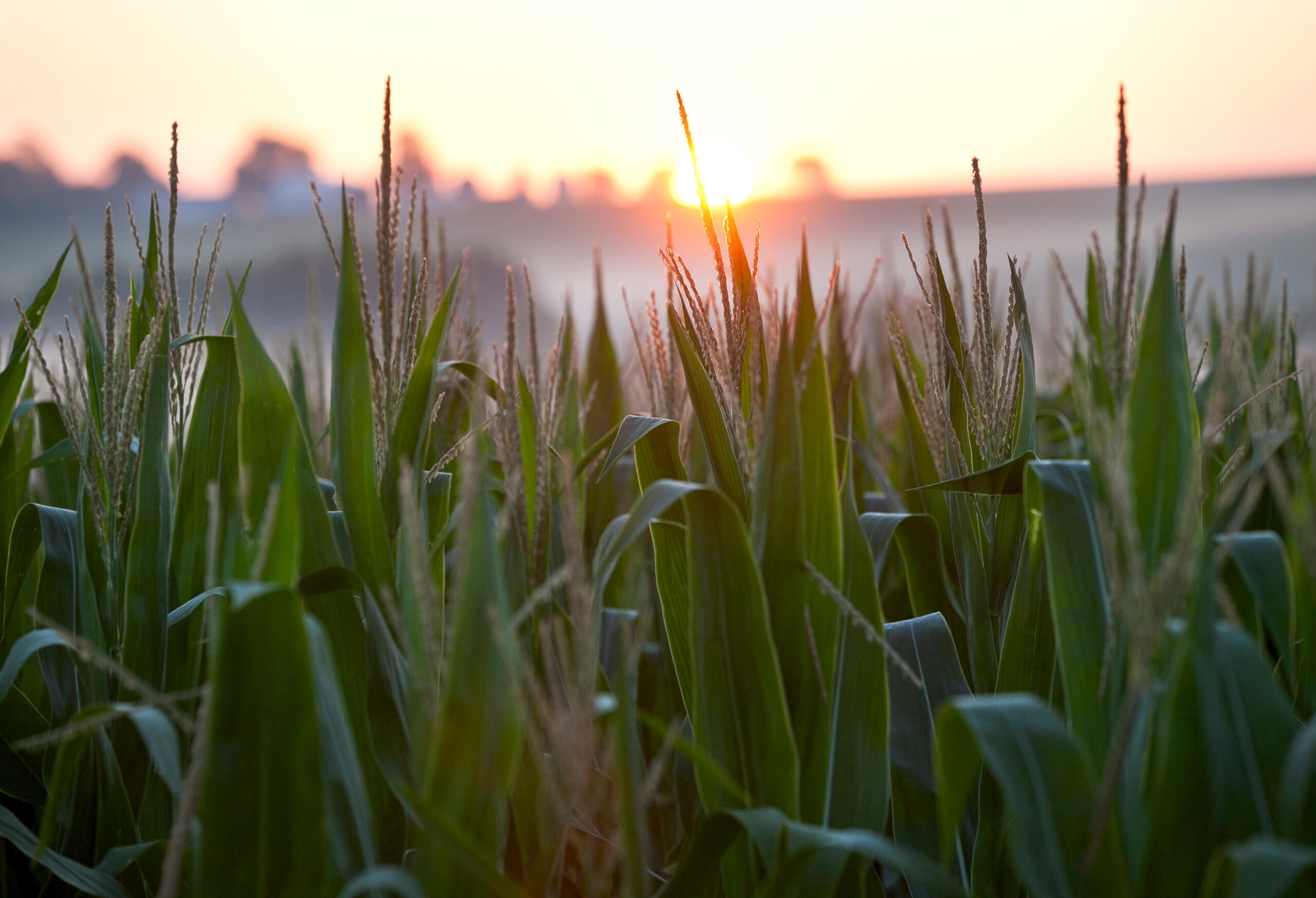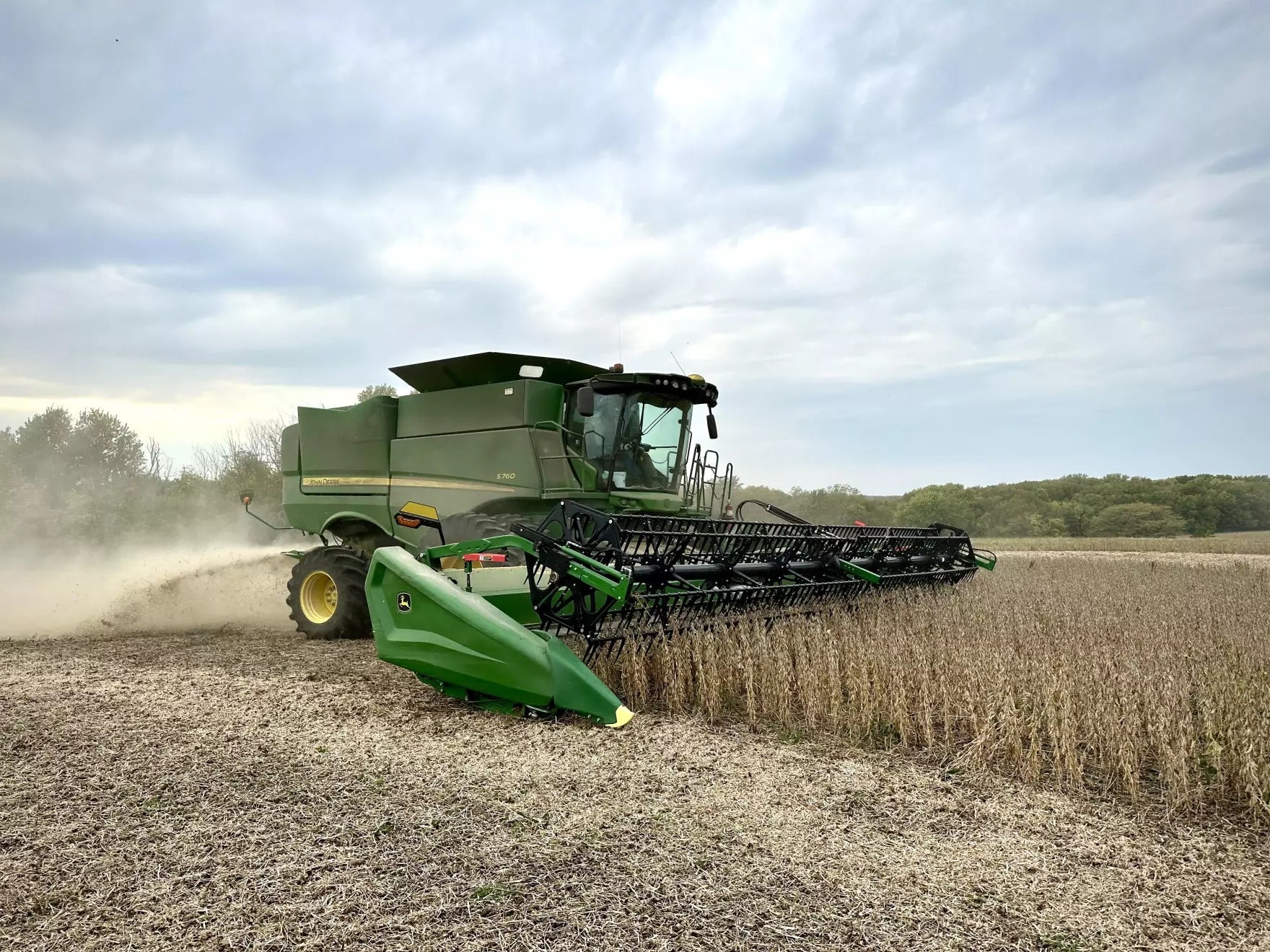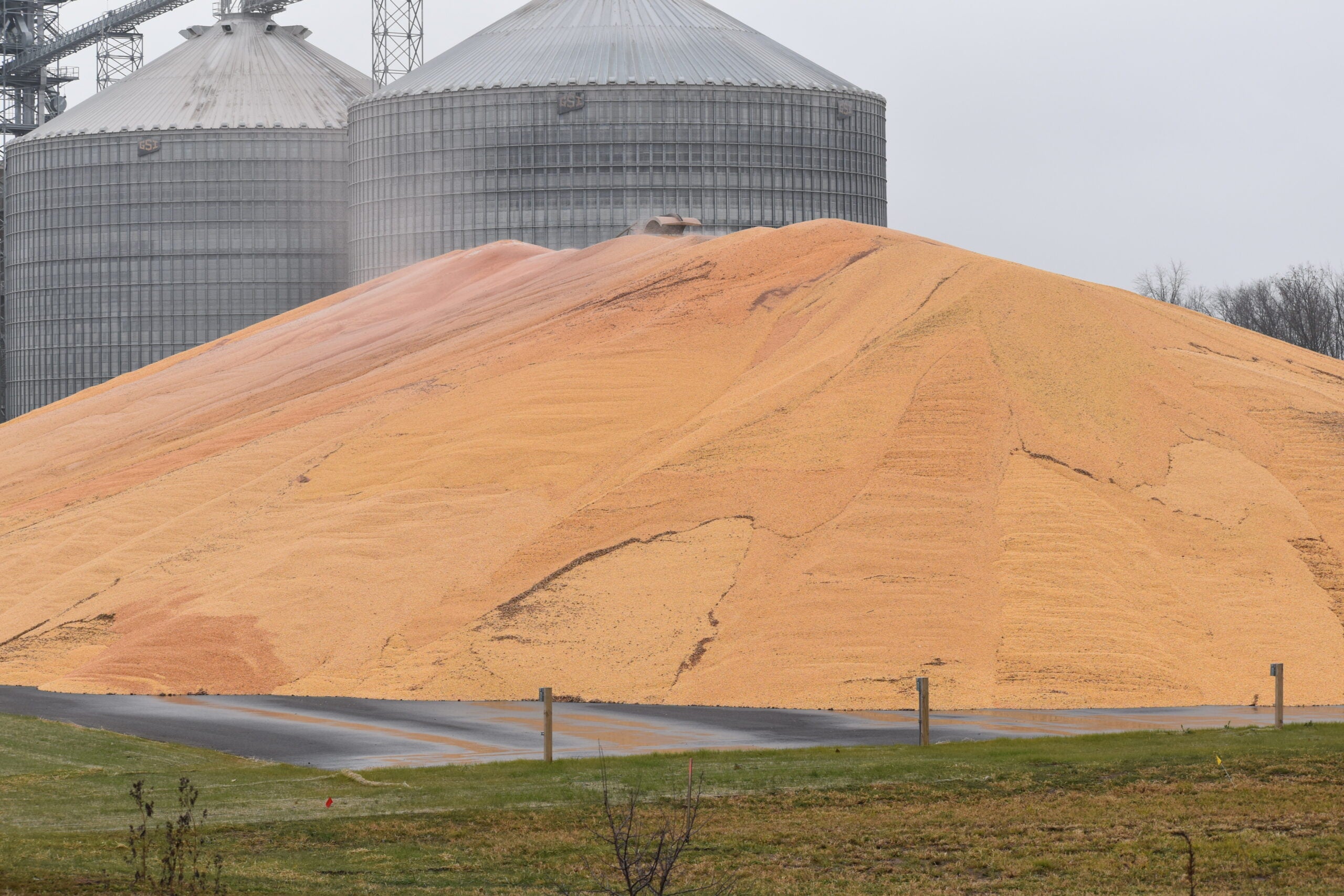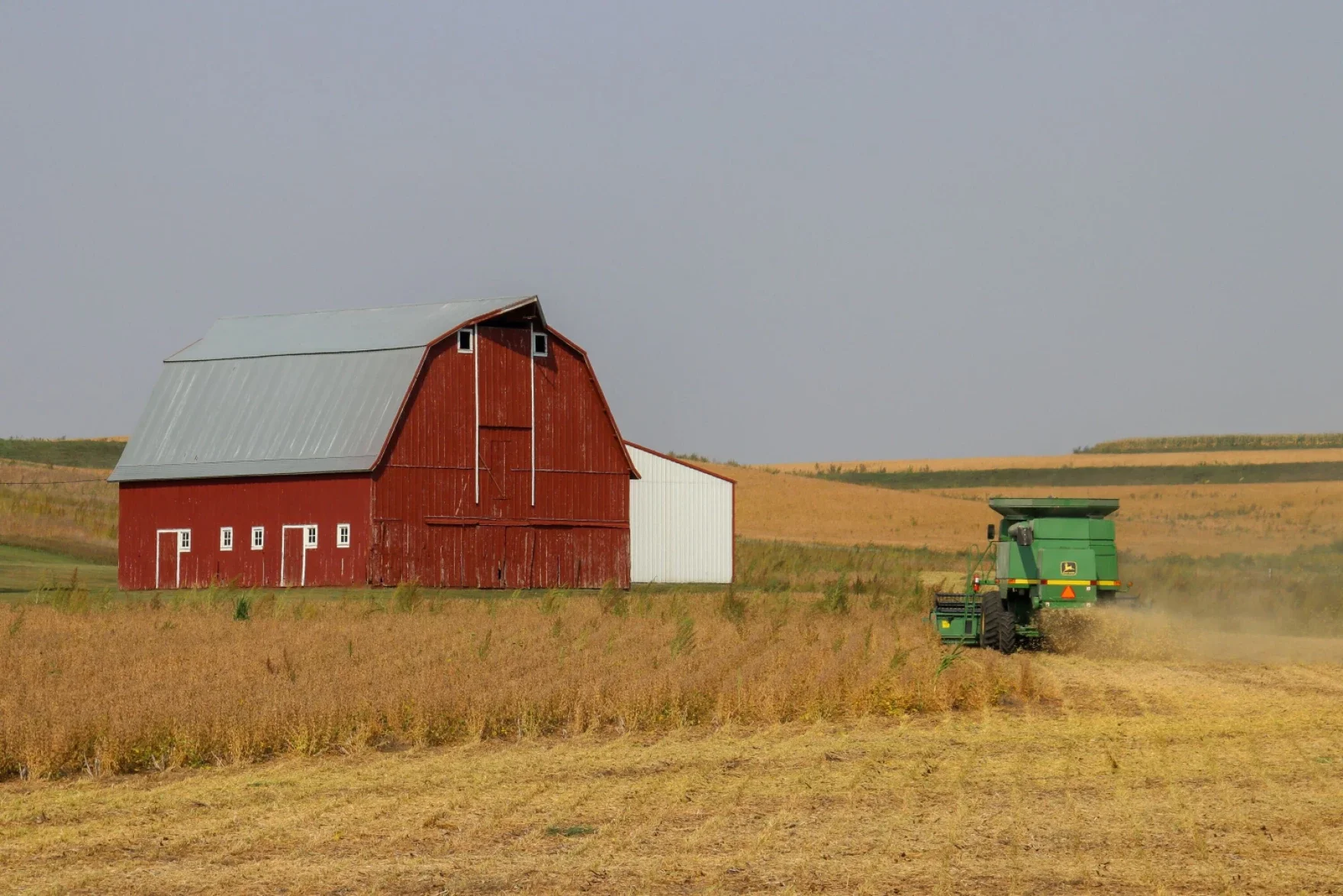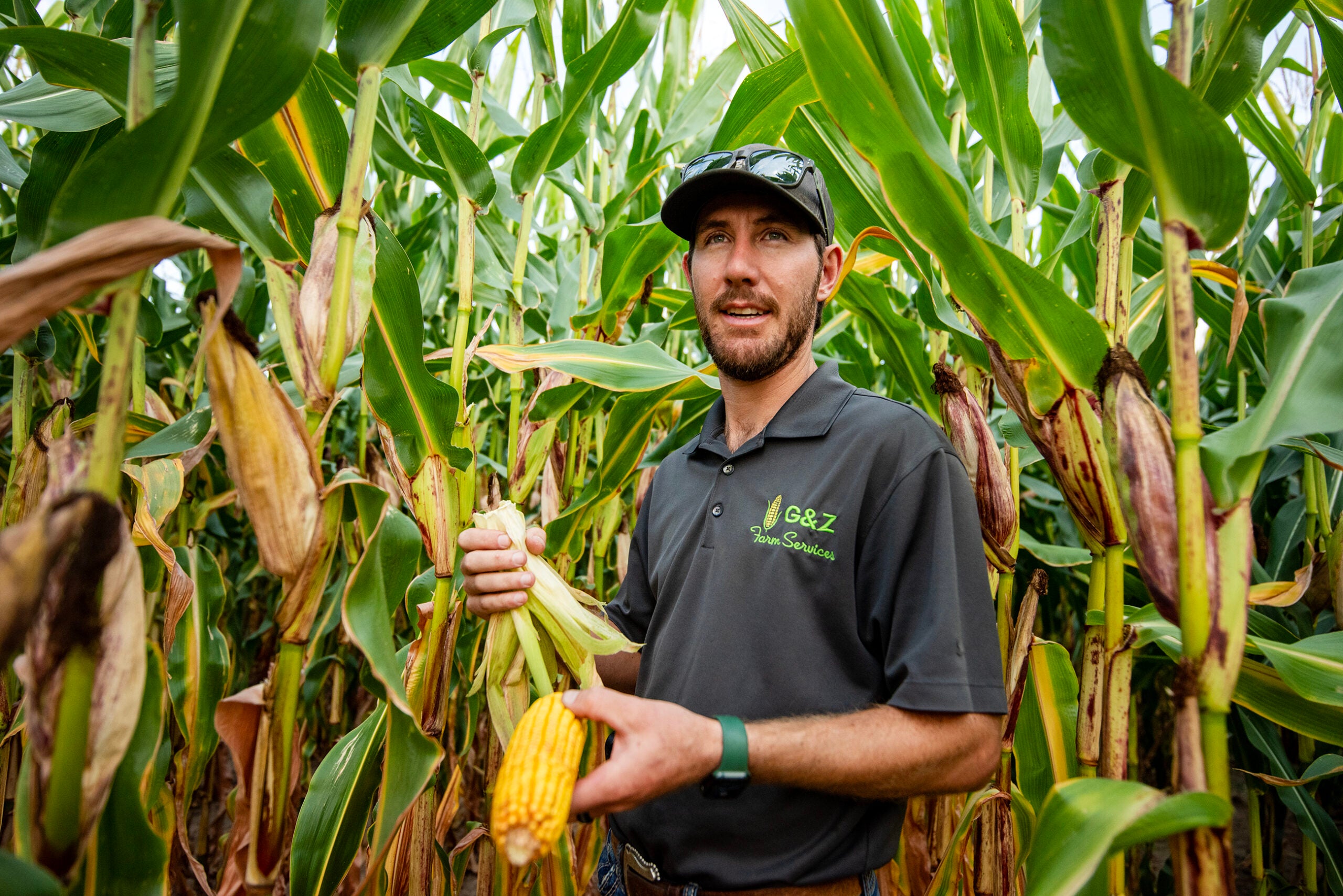Wisconsin’s crops continue to be behind schedule as the state sees more rain this week.
The latest crop progress report from federal agriculture officials showed 72 percent of the state’s corn crop has reached dough stage, putting it a little more than a month away from maturity. That puts this year’s crop almost two weeks behind the five-year average.
“Usually we’re (harvesting silage) pretty heavily by about the middle of September,” said Joe Lauer, agronomist at the University of Wisconsin-Madison. “It’s going to be delayed a week or two due to not only some of the cool weather we had in the spring but also due to the fact that there’s a lot of corn that was just planted late.”
News with a little more humanity
WPR’s “Wisconsin Today” newsletter keeps you connected to the state you love without feeling overwhelmed. No paywall. No agenda. No corporate filter.
Despite the historically late planting, Lauer said the corn fields he’s seen have been in good condition. The crop report rated 67 percent of the corn crop in good or excellent condition.
Lauer said this week’s rainy weather won’t have a big impact on the crop.
“The crop is still growing so they’ll use that water up and move it through much quicker than they would in the spring,” Lauer said. “But if this wet weather continues, and it’s been a pattern the whole year, it could be a real challenge just to get corn silage out of the field.”
The crop report shows 85 percent of the state’s soybean crop was setting pods, about three weeks behind the five-year average.
Shawn Conley, soybean and wheat extension specialist, said if fields haven’t hit that milestone by now, they likely won’t reach maturity by the end of the season.
“So of the acres that we did get planted this year, at least 15 percent are not going to make seed,” Conley said.
Wisconsin farmers planted 7 percent fewer soybean acres this year compared to a record planting in 2018. Conley said the 2019 crop hasn’t gotten enough warm, sunny weather to make up for late planting.
He said there isn’t much value for soybeans outside of the seed. But the delayed crop could be sold to dairy farmers for livestock feed, especially with other forage types in short supply across the state.
“This is an alternative that farmers could use if they’re short on forage, to take these soybean fields that aren’t going to make it to full maturity and use it as a forage to kind of get a carryover until that corn silage starts,” Conley said.
Delayed harvest for soybeans and corn could also affect next year’s winter wheat crop.
Conley said farmers typically have a short window to plant winter wheat during the last week of September. But if farmers are still working on corn and soybeans, they’ll have to delay planting the crop.
“(Winter wheat has) relatively low input costs, farmers are low on straw so there’s a lot of value on the straw as well as the grain. So that was one of the crops that was in the black or a net positive going into 2020,” Conley said. “But if we’re delayed long enough into the fall, then we will just have a challenge having a high enough yield to actually make those numbers pencil out.”
This year’s winter wheat harvest was 99 percent completed, according to the latest crop report.
Wisconsin Public Radio, © Copyright 2026, Board of Regents of the University of Wisconsin System and Wisconsin Educational Communications Board.
